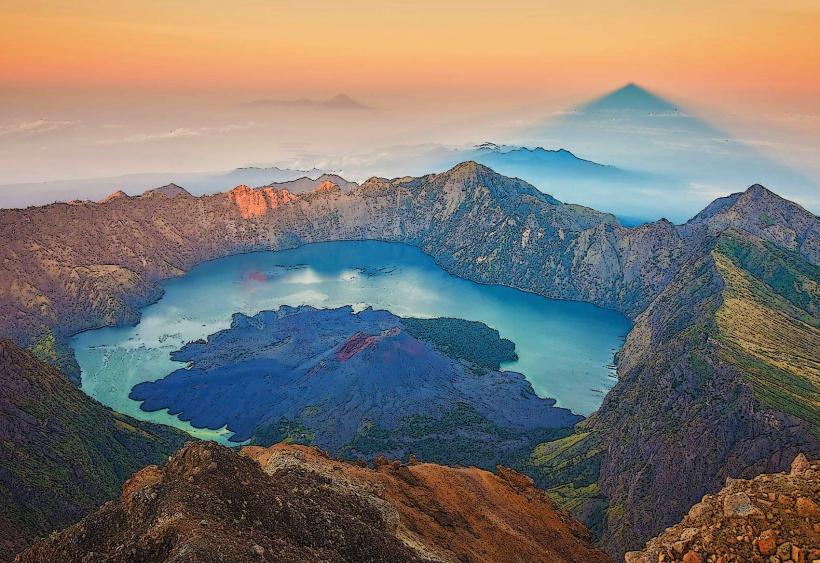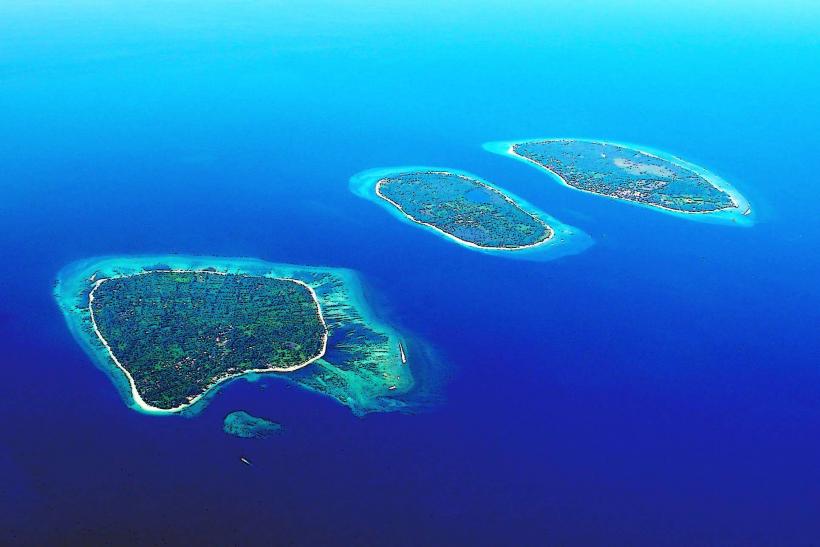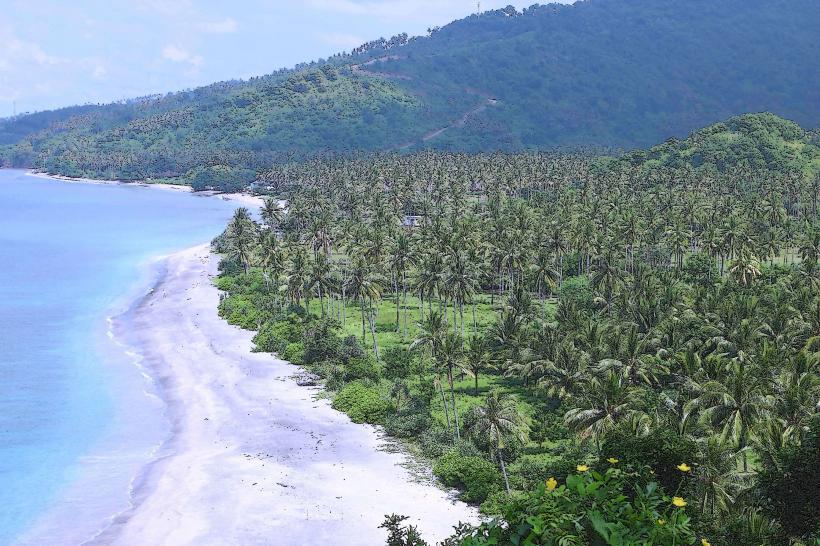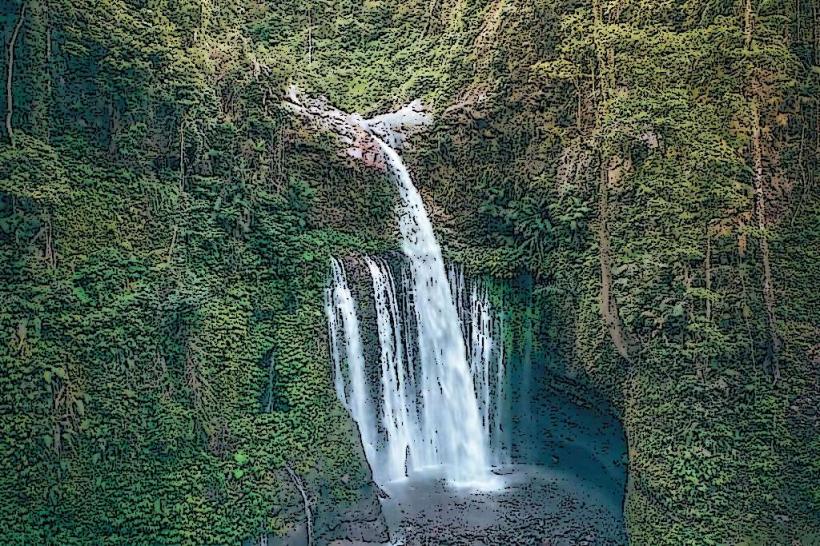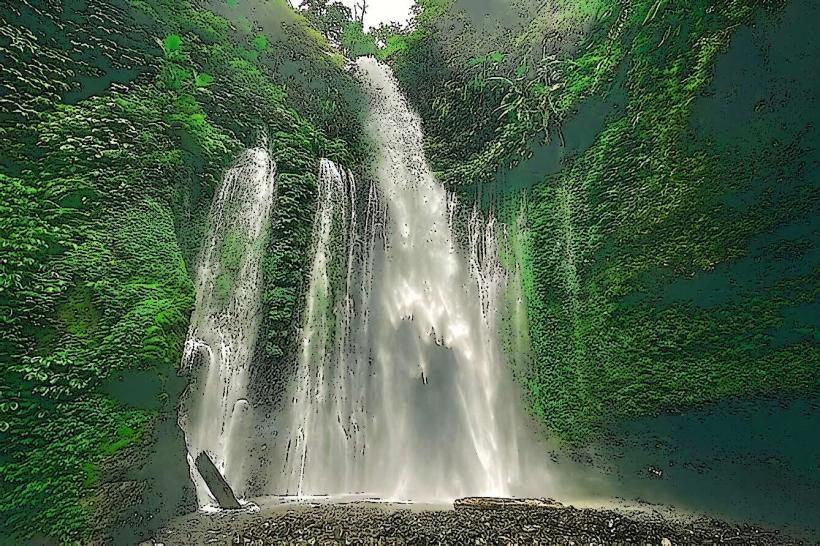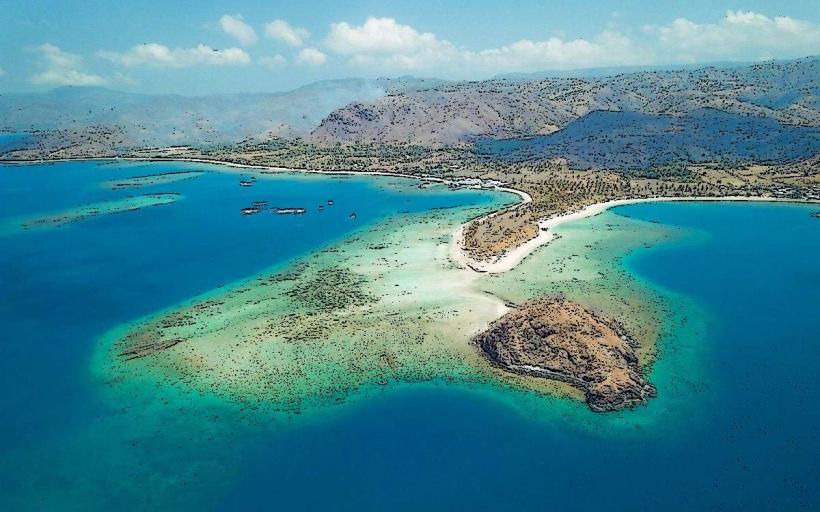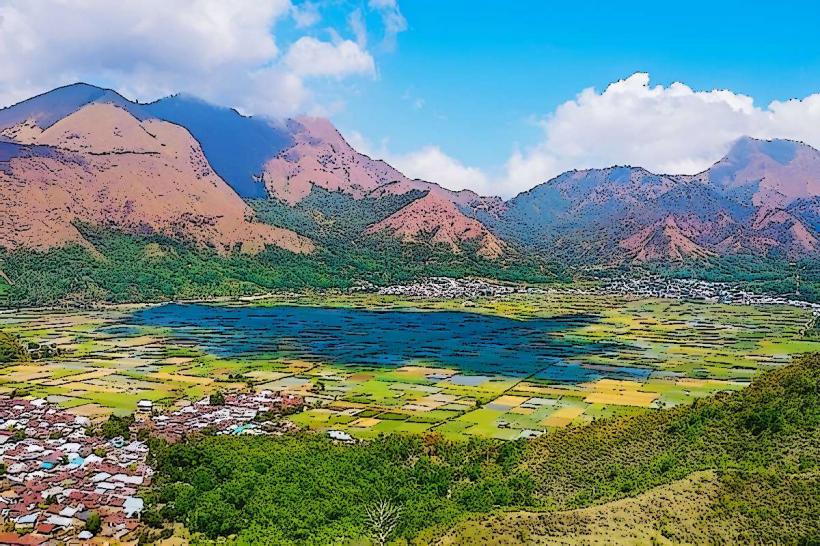Information
Landmark: Rinjani National ParkCity: Lombok
Country: Indonesia
Continent: Asia
Rinjani National Park is one of Indonesia's most remarkable natural areas, encompassing the majestic Mount Rinjani and its surrounding ecosystem. Located in the northern part of Lombok Island, Rinjani National Park is a UNESCO Global Geopark and a protected area that attracts nature lovers, trekkers, and adventure enthusiasts from around the world. The park is known for its breathtaking landscapes, including volcanic craters, lush forests, waterfalls, and diverse wildlife.
Key Features of Rinjani National Park:
Mount Rinjani:
- Mount Rinjani is the second-highest volcano in Indonesia, standing at an impressive 3,726 meters (12,224 feet) above sea level. It is an active stratovolcano and a key feature of the national park.
- The mountain is an iconic trekking destination, offering challenging routes that attract trekkers from all over the globe. The summit provides panoramic views of Lombok Island, nearby islands, and the surrounding Indian Ocean.
- The Rinjani Caldera houses the Segara Anak Lake, a stunning crater lake at an altitude of around 2,000 meters (6,561 feet). This lake is an important cultural and spiritual site for the local Sasak people.
Trekking and Hiking:
- Trekking Mount Rinjani is one of the park’s main attractions. The trek is challenging and requires good physical condition, but the reward is unforgettable views and a sense of accomplishment. Treks typically last 2-4 days, depending on the route.
- The most popular trekking routes are from the Senaru and Sembalun villages. The Senaru route is known for its scenic views of waterfalls and forests, while the Sembalun route offers a more gradual ascent, perfect for reaching the summit.
- The trek to the summit typically involves a climb through dense forests, up steep slopes, and across volcanic terrain. At the summit, trekkers are rewarded with views of the surrounding islands, including Bali and Java, as well as the Segara Anak Lake below.
- Crater Rim treks provide an incredible vantage point over the caldera and offer scenic views of the lake, waterfalls, and the mountain itself. These treks are somewhat less strenuous than summiting the peak and are suitable for those with moderate fitness levels.
Segara Anak Lake:
- Segara Anak Lake is one of the most striking features of the park. This crater lake is situated in the caldera of Mount Rinjani, at the base of the volcano. The lake is a deep, serene body of water surrounded by steep cliffs.
- It is a sacred site for the local Sasak people, and many religious ceremonies are held around the lake, with offerings made to honor the spirit of the mountain.
- The lake is also a popular camping spot for trekkers, and visitors can swim in its cool waters. The area is home to hot springs, providing a relaxing and therapeutic experience after a long day of hiking.
Waterfalls:
- Rinjani National Park is also famous for its waterfalls, with several picturesque falls located near the trailheads and trekking routes. The most famous waterfalls in the park are:
- Sendang Gile Waterfall: A majestic waterfall located in the Senaru area, which is often visited in conjunction with Tiu Kelep Waterfall.
- Tiu Kelep Waterfall: Known for its dramatic beauty, this waterfall is located just a short trek from Sendang Gile and is considered one of the most beautiful in Lombok.
- Both waterfalls are surrounded by lush jungle, making them perfect for nature lovers and photographers.
Flora and Fauna:
- The park is home to a wide variety of plant and animal species, making it a hotspot for biodiversity. The lower slopes are covered by tropical rainforest, while the higher elevations feature montane forests and alpine meadows.
- Flora: The park is home to a range of endemic and rare plant species, including the Rinjani Edelweiss (Anaphalis javanica), a flower that thrives in the high-altitude areas around the summit. Other plants include orchids, ferns, and various species of trees.
- Fauna: Rinjani National Park is home to a variety of wildlife, including:
- Macaca fascicularis (Long-tailed macaques) and Muntjac (barking deer) are commonly seen in the forested lower areas.
- The park is also home to the Rinjani Scops Owl, which is endemic to the area.
- Rare species like the Lombok Ground Cuckoo and Javan Rusa Deer can also be found in the park, although sightings of these animals are less frequent.
Cultural and Spiritual Importance:
- Mount Rinjani is considered a sacred mountain by the Sasak people, the indigenous inhabitants of Lombok. They believe that the mountain is the home of the gods and that the crater lake, Segara Anak, is the dwelling place of the spirit of the mountain.
- Pilgrimages to Segara Anak Lake are an important spiritual practice for local communities, and there are sacred sites around the lake where offerings are made.
- The cultural significance of the area is also tied to the Sasak people’s traditional beliefs and rituals, which continue to play a role in the region’s daily life.
Conservation Efforts:
- Rinjani National Park is actively involved in conservation efforts to protect its unique ecosystem, including the preservation of wildlife habitats, the protection of rare plant species, and sustainable tourism practices.
- As a UNESCO Global Geopark, the park aims to raise awareness about its geological and environmental significance, promoting eco-friendly tourism and supporting local communities in sustainable practices.
Accommodation:
- There are several options for accommodation in the towns around the park, including Senaru and Sembalun, which are the primary starting points for trekking Mount Rinjani.
- Many trekkers opt for guided tours, which include transportation, camping gear, and porters to carry supplies. There are also guesthouses and eco-lodges in these towns, offering basic amenities and a chance to experience local culture before and after the trek.
Best Time to Visit:
- The best time to visit Rinjani National Park is during the dry season, which runs from April to October. The trekking conditions are more favorable during this time, with clear skies and less rainfall.
- The rainy season (November to March) can make the trails slippery and dangerous, and trekking to the summit may be closed during periods of heavy rain or volcanic activity.
Conclusion:
Rinjani National Park is a treasure trove of natural beauty, adventure, and cultural significance. Whether you’re an experienced trekker looking to summit Mount Rinjani, a nature enthusiast wanting to explore waterfalls and wildlife, or someone interested in immersing yourself in local traditions, the park offers a wide range of experiences. Its combination of stunning landscapes, diverse ecosystems, and spiritual importance makes it a must-visit destination for those traveling to Lombok.

